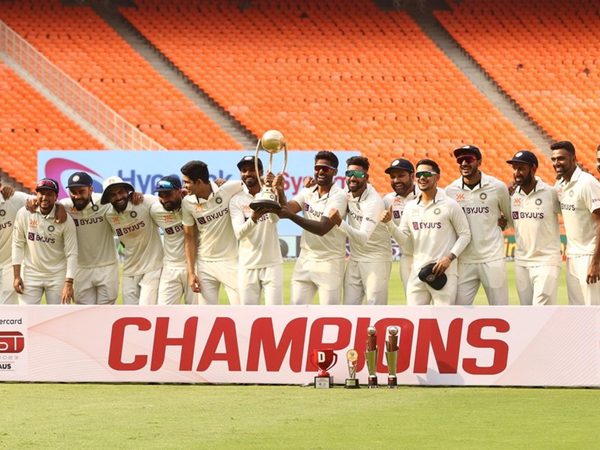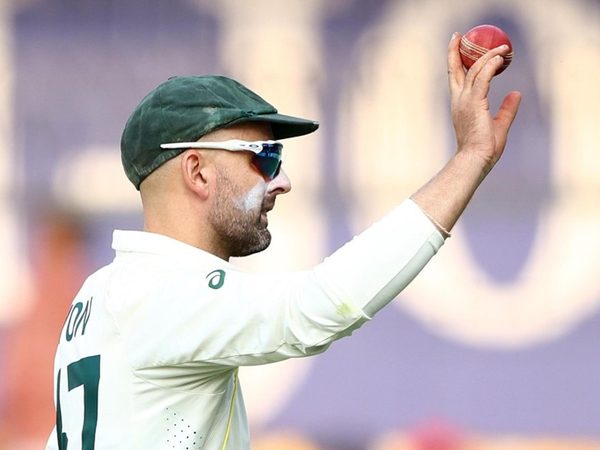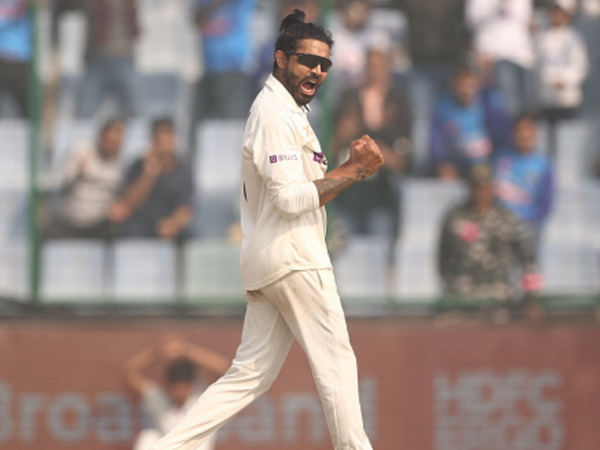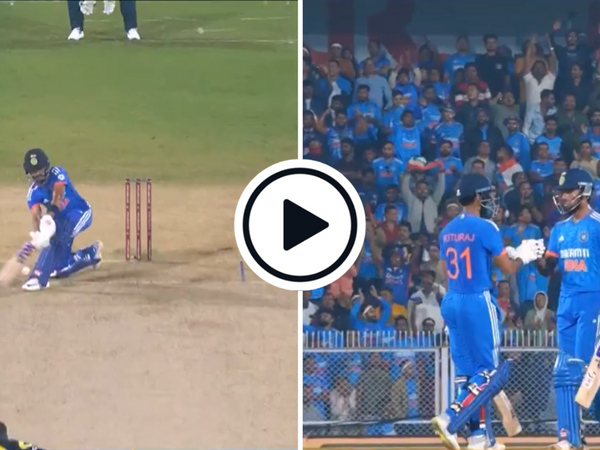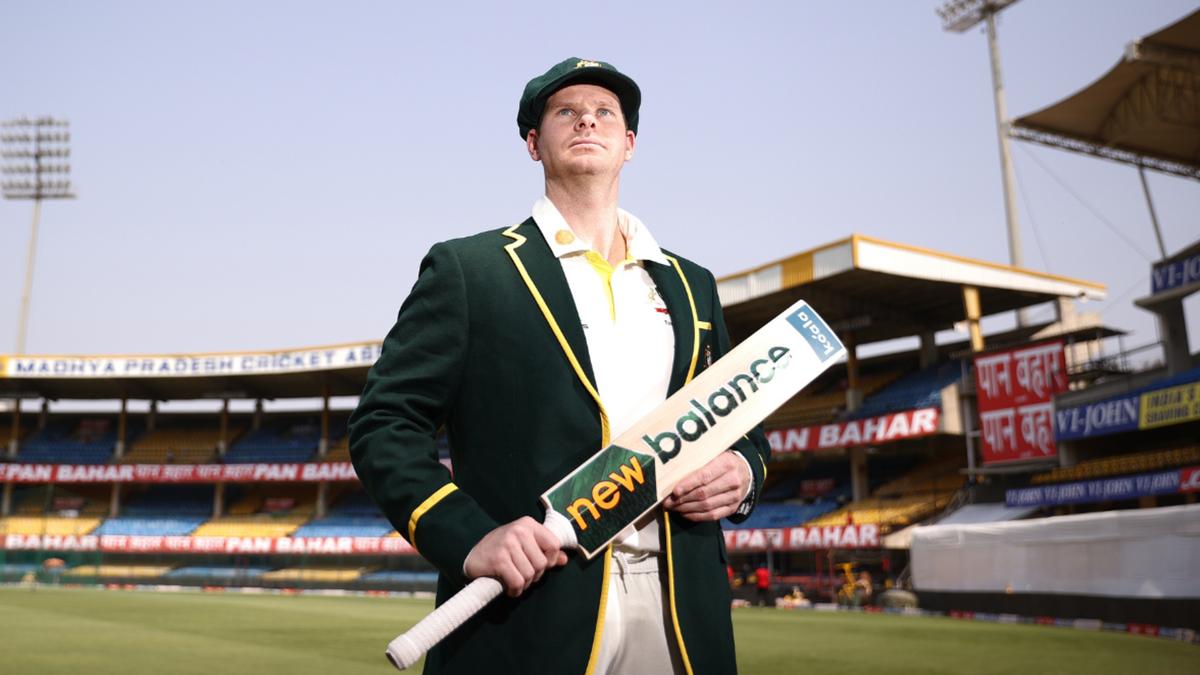
Australia achieved what looked like an impossible feat in Indore, and Steve Smith’s captaincy was a significant part of that – but calls for him to take over as full-time captain are unjustified.
After two heavy defeats, Australia’s Border-Gavaskar Trophy was officially off the rails. The sweeping disaster in Kotla showed how clouded their judgement had become, adding to the litany of selection errors that preceded it. With captain Pat Cummins back at home on compassionate grounds and the stock of the side among the Australian public in free-fall, there seemed little possibility that Australia would be able to claw anything constructive back from the series.
But, a remarkable turnaround in Indore has given them a sniff of coming out of India with the unlikeliest of series draws. In a stand-off as to which side could avoid an inevitable collapse the longest on an ‘inadequate’ pitch, Australia held their nerve. The Australian spinners bowled brilliantly; Marnus Labuschagne’s partnerships, first with Usman Khawaja, then with Travis Head, came in crucial periods in the match, but Smith’s captaincy was also excellent.
Smith managed his spinners well, took a brilliant catch to dismiss Cheteshwar Pujara, and injected a much-needed dose of positivity into Australia’s on-field manner. For once, it didn’t matter that they lost the toss on a spiteful surface, for Smith ensured Australia took the opportunity India’s batters provided for them.
They had squandered their upper hand in Delhi. In Indore, they drove the advantage home. The difference was striking.
Following the match, there were murmurings among some for Smith to take over the Test captaincy permanently. Mitchell Johnson wrote in the West Australian: “Smith’s captaincy acumen should serve as a reminder of what a valuable asset his cricket brain is to the Australian team.”
Ravi Shastri expressed similar sentiments in the Sydney Morning Herald, Ravi Shastri wrote: “Whenever I have seen Smith captain the side, he’s been a different batter, a better batter. The responsibility of captaincy seems to bring that different kind of mindset… He is one of those players who thrives on the extra workload of leading the side.”
Smith averages 67 as captain, compared to 55.33 when not in charge of the side. Since 1969/70, Australia have only won six Test matches in India, and Smith has captained the side in two of those. He is the only captain to have led Australia to Test match wins on Indian soil on separate tours. Australia won all three Test matches Smith has captained since Cummins took over the full-time role from Tim Paine in 2021. It’s conceivable to see where the rumblings for his reinstatement have come from.
There is also a secondary point to make about Cummins’ dwindling popularity among some quarters in Australia. His stances on political issues, particularly climate change, as well as his role in the ousting of Justin Langer, have left a bitter taste in the mouths of some among the public and the media.
There are also some, mostly unfounded, concerns over the impact of leadership burden on his bowling. In the first Test, he bowled a wayward first spell that allowed Rohit Sharma to get off to a flying start. Despite taking himself off after three overs, he still conceded 23 runs. Having also been appointed Australia’s white-ball captain, the reality of a fast bowler playing all three formats in a leadership role is a massive ask of Cummins.
“I don’t want him carrying the burden of so much captaincy for too long,” Ian Healy told SENQ. “I want him to finish [as just a bowler], The captaincy creates a burnout and four to five years is a long time as a captain.”
It is worth separating the short-term reactionary concerns over Cummins’ ability to both captain and perform as a bowler, from the reality of his record since becoming captain. His average and strike rates pre-leadership and as captain are nearly identical (21.22/21.59 and 47.3/47.1). In his 15 Tests in charge, he has also taken three five-fors. Only Nathan Lyon has more wickets for Australia since Cummins’ first Test as captain.
In relation to criticism over some of the bizarre selection decisions that were made while Cummins was still in Australia, sole responsibility cannot be laid solely at his door. Leaving out Head in the first Test would not have been his decision alone, nor was the weirdness of Ashton Agar’s deselection. While as captain he bears the brunt of what went wrong on the pitch, off it, the collective must be accountable.
If Australia are to reappoint Smith, regardless of the rights and wrongs of the decision, the process of doing so is also not smooth. Since his 12-month leadership ban in 2018, Cricket Australia are required to go through a process of taking into account the condition of “his acceptance by fans and the public, form and authority among the playing group.”
Ball tampering, and the subsequent ban, took place a long time ago, and the Australia side has changed almost beyond recognition since then, but the reality of reappointing Smith as captain risks dredging up the past once more.
The reality of Australia’s current situation is that it is easy to throw stones when Cummins is not in a position to defend himself. Before they travelled to India, Australia were the top-ranked side in Test cricket, had enjoyed a dominant summer at home. Cummins had only lost one Test match as captain. The arrangement for Smith to captain in Cummins’ absence had also been working well, especially given the struggle among other sides around the world for depth in leadership ability and potential.
But the most important word on the subject should be left to Smith himself, who said after the end of the match in Indore: “My time is done, it’s Pat’s team now.”

